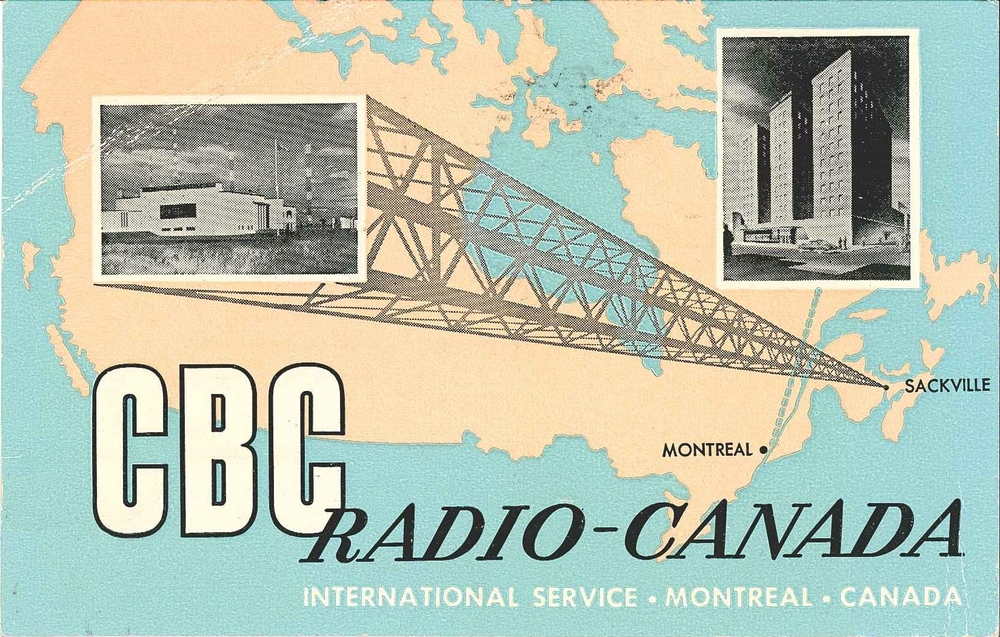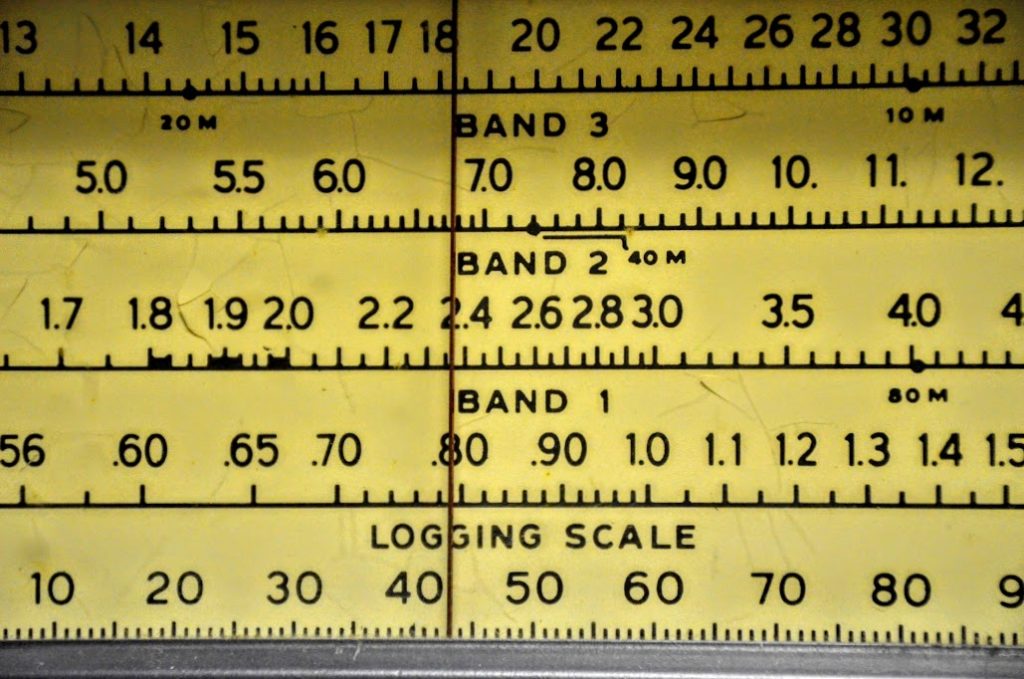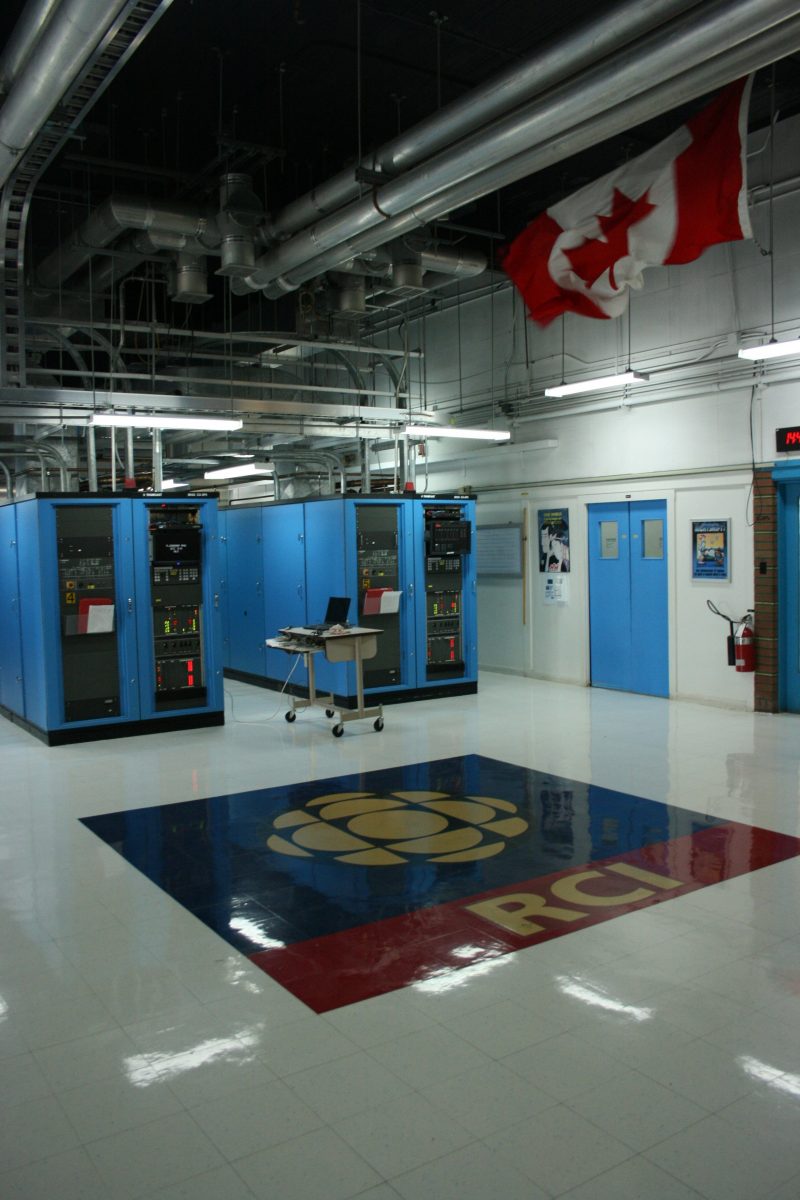
(Source: RCI.net via David Iurescia)
Today is an auspicious day for RCI. It was February 25, 1945 that the CBC International Service began shortwave broadcasting to Europe. It was designed at the time to provide accurate news to occupied areas in
English French and German, and to provide news from home for the huge contingent of Canadian military personnel serving and fighting in the Second World War.
Since then the “IS” has gone through a variety of changes, including the name which was changed to Radio Canada International in 1970. It has been through several moves, from its first location in a former brothel, to the converted Ford Hotel a few years later, to rented office tower space, to the main headquarters of the French service, Radio-Canada.
It has also gone through a number of language-service changes, from 14 languages during the cold war broadcasting to formerly free countries then under the control of Moscow, to its current five languages, Mandarin, Spanish, Arabic, English and French.
Other changes include the drastic cuts of 2012 which saw some 80 per cent of staff cut and the cessation of shortwave to become its current online operation.
Throughout it all RCI continues to inform on Canadian issues including political, scientific, cultural and societal and provide Canadian viewpoints and positions on world affairs.
Click here to read the full article at RCI.net.





